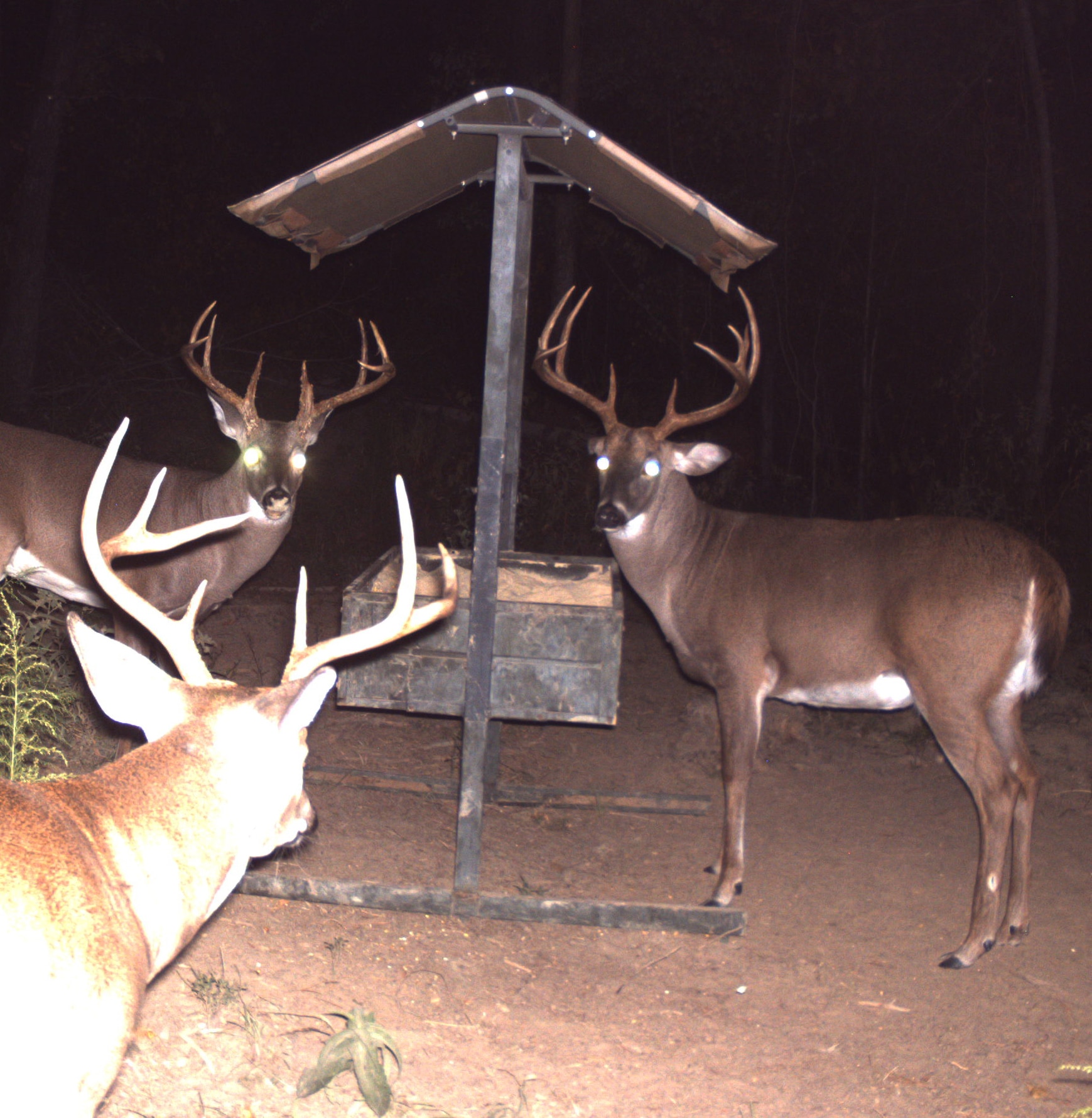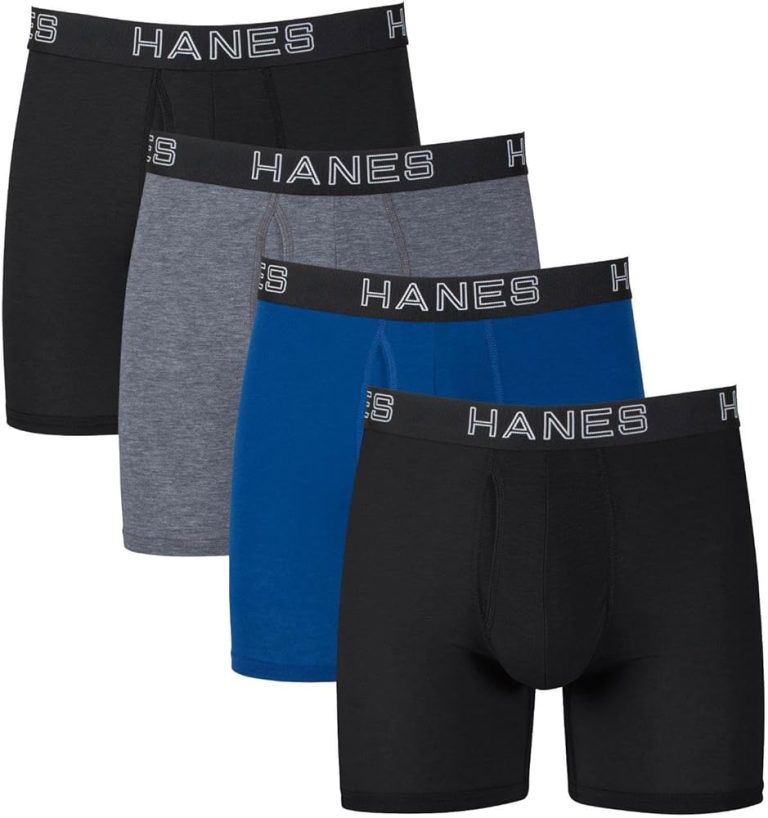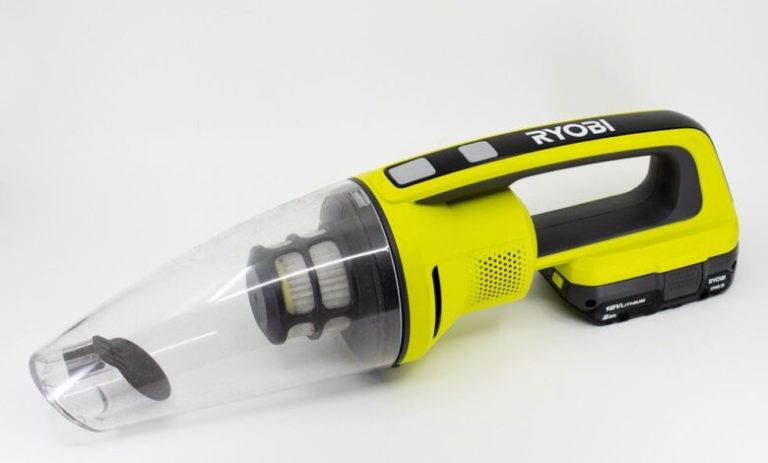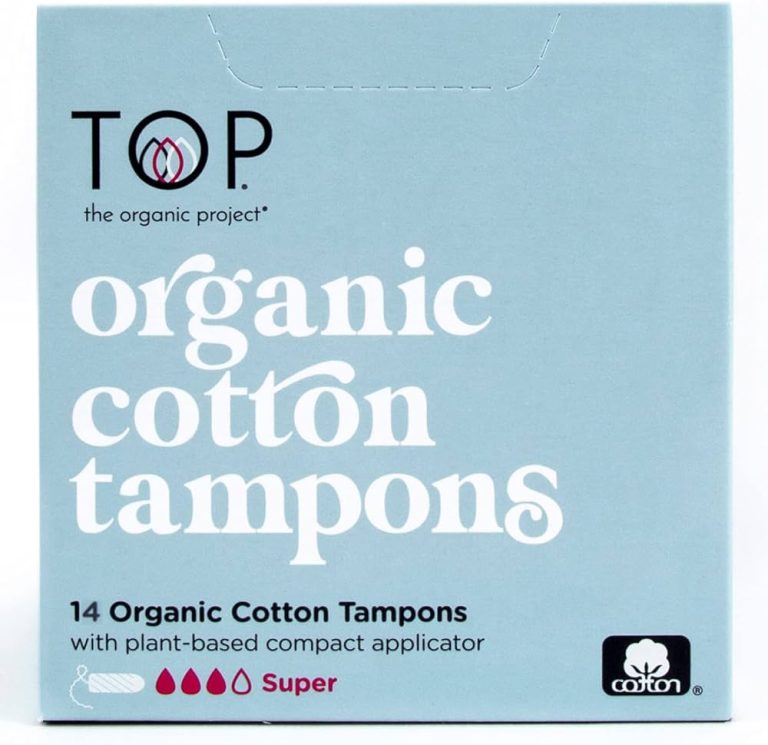9 Best Deer Feeders of 2024 for Effective Wildlife Management
If you’re passionate about deer hunting or simply enjoy observing these majestic creatures, a quality deer feeder can make all the difference. Not only do feeders attract deer to your property, but they also ensure the animals get the nutrition they need. With so many options on the market, finding the right feeder can be overwhelming.
In this guide, we’ll break down the 9 best deer feeders that cater to various needs and preferences. Whether you’re looking for something budget-friendly or a high-tech solution, you’ll find the perfect feeder to enhance your outdoor experience. Let’s dive into the top choices that will keep your deer well-fed and coming back for more.
Top 9 Best Deer Feeders for Efficient Wildlife Management
Efficient wildlife management requires the best tools, including the right deer feeders. Here’s a breakdown of the top picks to help you select the perfect option.
Gravity Deer Feeders
Gravity deer feeders utilize the force of gravity to dispense feed continuously, making them simple yet efficient. These feeders are ideal if you’re looking for a low-maintenance solution. Many models, like the Moultrie Feed Station, offer large capacities and are built from durable materials like UV-resistant plastics, ensuring longevity even in harsh weather conditions.
Tripod Deer Feeders
Tripod deer feeders offer stability and adjustable height, making them versatile for various terrains. These feeders are great for controlled feeding schedules. Game Winner 200 lb. Tripod Feeder, for instance, features a digital timer allowing you to manage feeding times and portion sizes effectively. It’s an excellent choice for maintaining an organized feeding regimen.
Hanging Deer Feeders
Hanging deer feeders are perfect for areas with dense foliage. They can be suspended from trees, keeping the feed safe from non-target animals. The Redneck Outdoors T-Post Gravity Feeder is a popular model that’s easy to install and maintain. Its reliable design ensures that feed remains dry and accessible only to deer.
Automatic Timer Options
Automatic timer feeders are advanced devices that dispense feed at specific times, making them highly adaptable. The Moultrie Pro Hunter II stands out with its programmable digital timer, allowing you to set up to six feed times per day. This precision helps in training deer to visit at desired times, enhancing your wildlife management efforts.
Polypropylene Build Feeders
Polypropylene deer feeders are known for their durability and resilience against the elements. The Banks Outdoors Feed Bank 300 lb. Gravity Feeder is a prime example, providing a large feed capacity with a robust design. It’s an excellent long-term investment for any wildlife enthusiast.
Accessories and Upgrades to Enhance Durability
To enhance your feeder’s durability and functionality, consider useful accessories and upgrades. Feeders can benefit from critter guards, solar panel kits, and weather-resistant covers. These additions not only protect the feed but also extend the lifespan of your feeder, making them more reliable year-round.
Wildlife Management Tips
Effective wildlife management goes beyond just selecting the right feeder. Regular maintenance, monitoring feed levels, and adjusting feeding schedules seasonally are crucial. Using trail cameras can help you track deer activity, ensuring your efforts result in a thriving and healthy deer population.
Essential Setting-Up Tips for Your Deer Feeder
Setting up your deer feeder properly ensures you maximize its benefits for attracting and nourishing deer. Here are some crucial tips to get you started:
Choosing the Right Location
Selecting the best spot for your deer feeder is critical. Place it near natural deer paths, away from human activity, to make deer feel secure. Ensure it’s accessible and in a shaded area to protect feed from spoiling quickly.
Adjusting Feeder Height
Position the feeder at a height where deer can easily access it. Typically, 3 to 4 feet off the ground is ideal. This height discourages smaller animals and ensures deer can comfortably feed.
Considering Feed Options
Use high-quality feed to attract and benefit deer. Options like corn, protein pellets, and mineral supplements can enhance deer health. Rotate feeds based on the season to meet their nutritional needs.
Season-Specific Adjustments
Adapt your feeder setup for different seasons. In winter, position it where deer find food easily; in summer, ensure there’s nearby water. This seasonal fine-tuning keeps deer coming back year-round.
Using Trail Cameras
Install trail cameras near your feeders to monitor deer activity. This helps you understand feeding patterns and adjust your strategies accordingly, ensuring optimal feeder use.
Maintaining Feeders
Regularly clean and inspect your feeders to prevent mold and contamination. Doing so ensures a consistent, healthy food supply and prolongs feeder lifespan.
Follow these tips to effectively set up your deer feeder, enhancing your wildlife management efforts.
The Impact of Deer Feeders on Local Wildlife
Deer feeders can significantly affect local wildlife. They help sustain deer populations, but they also pose ecological challenges.
Balancing Act: Feeding Deer Without Harming Ecosystems
Selecting the right feed is crucial. Avoid high-carb options like corn in favor of nutritionally balanced choices such as protein pellets. Disperse feeders to prevent crowding and reduce disease spread. Ensure feeders aren’t overused by rotating between multiple locations.
Observing Wildlife Behavior: What Other Animals are Attracted
Many wildlife species are drawn to deer feeders. Raccoons, squirrels, and even bears may frequent feeders. Use trail cameras to monitor unexpected visitors. Secure feeders properly to prevent theft by non-target species. Installing predator guards can further protect the feed.
Regulatory Considerations: Local Laws and Ethical Feeding Practices
Be aware of your state’s wildlife feeding regulations. Some areas restrict deer feeding to prevent overpopulation and disease transmission. Follow guidelines to avoid fines and ensure ethical feeding practices. Check for seasonal restrictions and permits required for using feeders. Stay updated on local wildlife management policies to feed responsibly.
Conclusion
Selecting the best deer feeder is crucial for both successful hunting and wildlife observation. With various options like gravity, tripod, hanging, and automatic timer feeders, you can find the perfect match for your needs. Remember to set up your feeder in optimal locations, use high-quality feed, and monitor activity with trail cameras. By following these guidelines, you’ll attract deer effectively and ensure their nutritional needs are met. Always consider local regulations and ethical practices to promote responsible wildlife management. Happy feeding!






